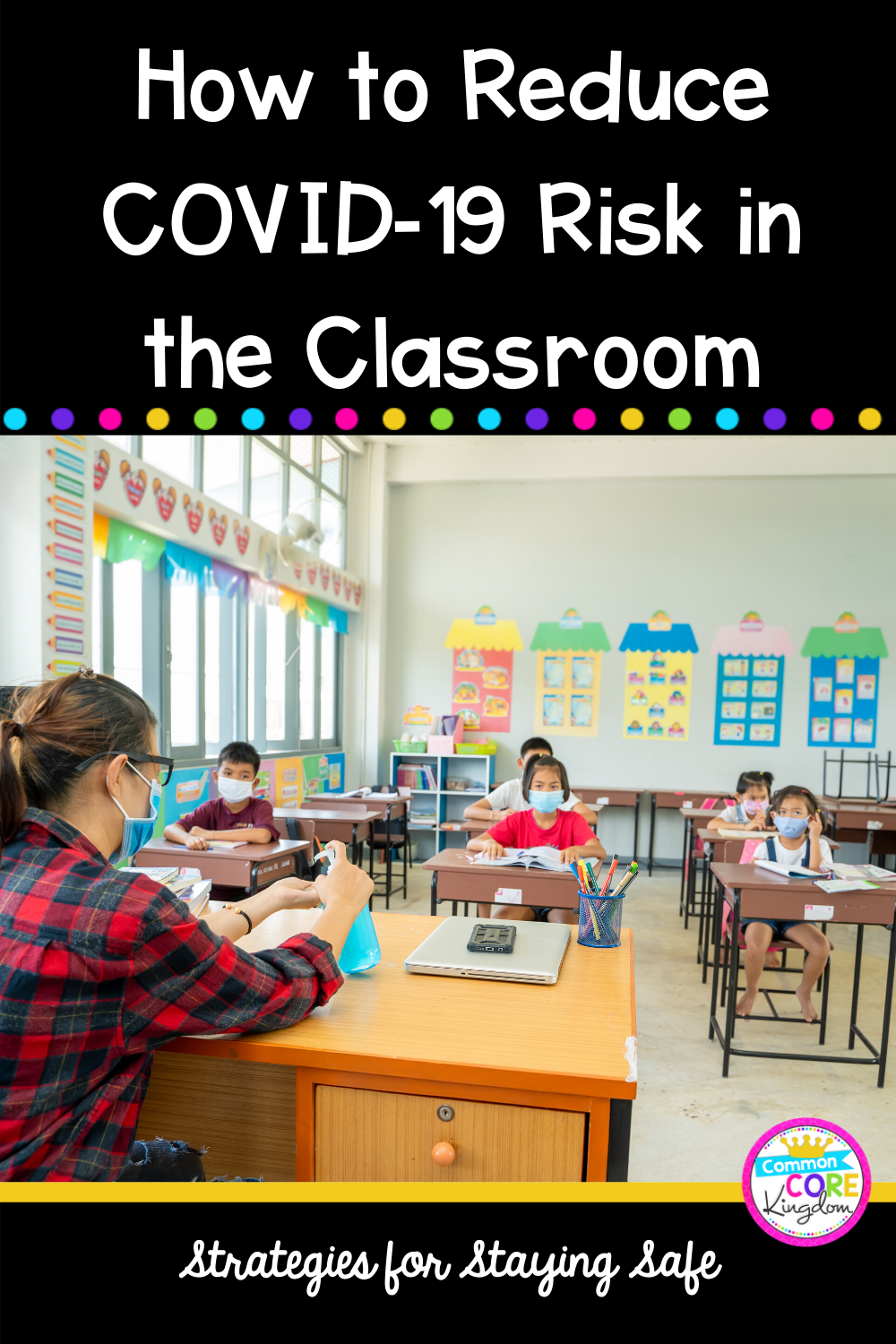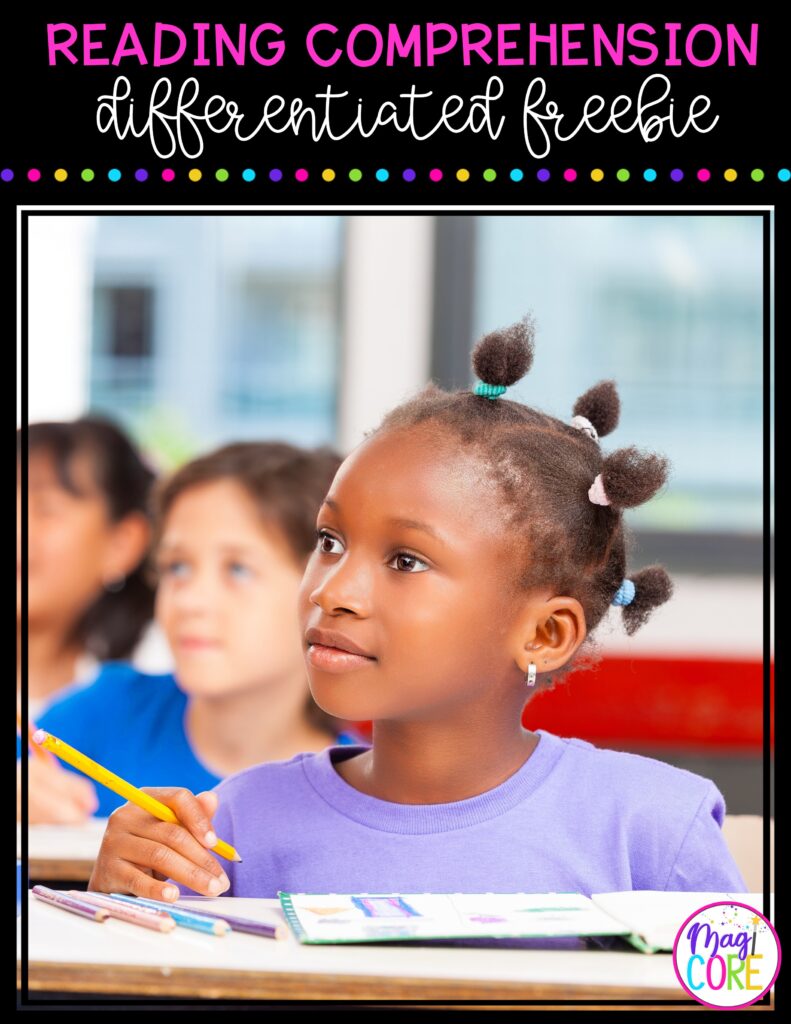
As federal, state, and local governments around the country grapple with balancing the risks associated with COVID-19 and the start of the 2020-2021 school year, one thing remains clear. Classroom learning, no matter how it is implemented, will pose an increased infection risk to teachers, students, and their immediate families. And although teachers likely bear the largest risk of nearly any other profession, in most cases, their voices have little impact on these decisions. Teachers around the country are left to wonder, “what can I do to reduce the risk of spreading COVID-19 in the classroom?” In this post, I’m sharing a few ideas and resources that teachers can use to help alleviate the risks.
Any teacher who is engaged in classroom learning this fall will be on the front lines the COVID-19 pandemic. With daily infections increasing in many states, it’s clear that the pandemic is anything but under control. With dozens of children interacting under their direction, Teachers may become our most important line of defense in the fight against COVID-19.
Of course, teachers will be asked to perform these functions on top of their traditional duties. And without the funding, supplies, and support that is required to fulfill these additional obligations in a flawless manner. It is inevitable that students and teachers will get sick. But there are a few things you can do to help reduce the risk to you and your students.

Everyone knows that regular handwashing with soap and water has a huge impact on reducing the transmission of viruses. But it is important to wash the right way. Experts at Harvard Health write, “washing hands with soap and water for 15 seconds reduces bacterial counts by about 90%.”. They go on to explain that, “when another 15 seconds is added, bacterial counts drop by close to 99.9%.”
Thirty seconds of handwashing is a lot longer than many of us think. And it can be especially hard for kids to wash for that length of time. That’s why experts have recommended that people sing a song while they wash. Although most people think of singing ‘Happy Birthday’ twice, you can pick any short song that kids will know. Better yet, you can talk with the class about proper handwashing, then have the kids help create their own special handwashing song. You can then print it and hang it next to the sink. This will help keep your kids focused on making sure they are washing away all those germs.
Another idea to promote regular hand washing is to set a handwashing schedule. You can have kids rotate so they aren’t all at the sink at the same time. Try scheduling regular hand washing by creating a ‘hand washing wheel’. Draw a circle with four or five equal segments. Each segment depicts a time when the students wash their hands.
Hand washing may seem like an overly simple solution, but it is one of the best ways that teachers can prevent the spread of COVID-19 in the classroom.
As teachers, we sometimes forget that we are not alone. We have a team of students who, in many cases, are happy and willing to help. Another way teachers can help reduce the spread of COVID-19 in the classroom is to leverage students by helping them understand how they can help. Teachers can then support their students’ good choices.
Your students probably have many different perceptions about COVID. But they don’t need to be experts in order to help you out. In fact, experts recommend that parents and teachers refrain from overwhelming students with too much information. Still, the reality is that children can do a lot to help keep themselves and their classmates safe. Spending some time talking about helpful and hurtful behaviors will go a long way.
Try to solicit their participation by asking about what behaviors they feel are helpful. Guide them to discover behaviors like covering coughs and sneezes with their arms, respecting personal space, social distancing when possible, avoiding large crowds, and not touching people if you don’t need to. Also, incorporate specific policies that your school or district is following. You can print out the list and put it up in your classroom, and you can even have them sign it or verbally commit to it as a “social contract” for helping their teachers reduce the spread of COVID-19 in the classroom.
You can review the list of behaviors as part of your regular routine. Make it engaging by integrating short fact patterns and asking the students to provide feedback about the behaviors modeled in the fact pattern.
Just remember, if you use additional resources to help educate your students about COVID-19, make sure they are age, gender, ethnicity, and disability responsive.

It goes without saying that teachers should follow their district policies when dealing with any mental health concerns. The World Health Organization recommends that teachers “encourage children to discuss their questions and concerns”. They also recommend that teachers support students by explaining “that it is normal that they may experience different reactions” and to “guide students on how to support their peers and prevent exclusion and bullying”. Always keep in mind that it may not always be apparent when children require mental health or psychosocial support.
Also, remember that some children are likely experiencing grief due to the illness or loss of loved ones from COVID. It is important to teach all students that this matter can be traumatic for others and that we need to take things seriously. Many teachers will likely experience kids making jokes about the virus, such as coughing on each other. Ensure you lead by example and have serious discussions about the implications of these types of behaviors.
Being prepared for students to be on an extended absence is important. Students may get sick, but it’s even more likely that they may be required to quarantine for various reasons. Resources that offer versions in both printable and digital versions help alleviate some of the challenges since students can use the same resources in the classroom and at home. You can check out my 1st through 6th grade Core Comprehension reading comprehension resources that come in both printable and digital versions. These resources are great because allow you to dynamically engage students regardless of their location.
Most resources don’t help teachers reduce the risk of COVID-19 in the classroom directly. But having the right resources does ensure you are ready if an issue happens to come up. Here are a few more ideas on how teachers can prepare for home learning.
Students are our next generation of leaders, and any crisis provides an opportunity for them to learn more about the world around them while fostering empathy and resilience. Although the increased risk of classroom learning for both students and teachers is not ideal, it is important to take proactive steps to ensure your students are supporting your efforts to reduce infection risks. Getting students involved will also help them learn how to develop coping strategies and empower them to be proactive about the safety of their community.

We strive to create resources that empower teachers and transform student success. We create skill-focused resources that promote critical thinking, enhance student engagement, and incorporate diversity. Our goal is to develop the tools teachers need to reach their students and foster a lifetime of learning.

